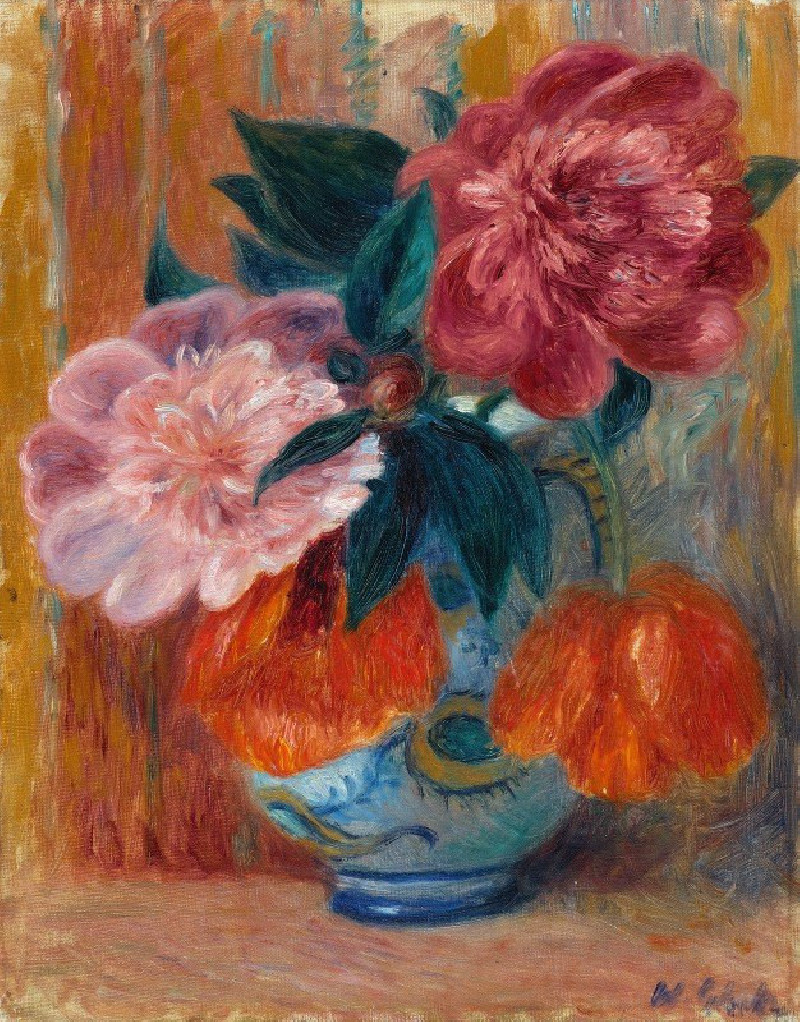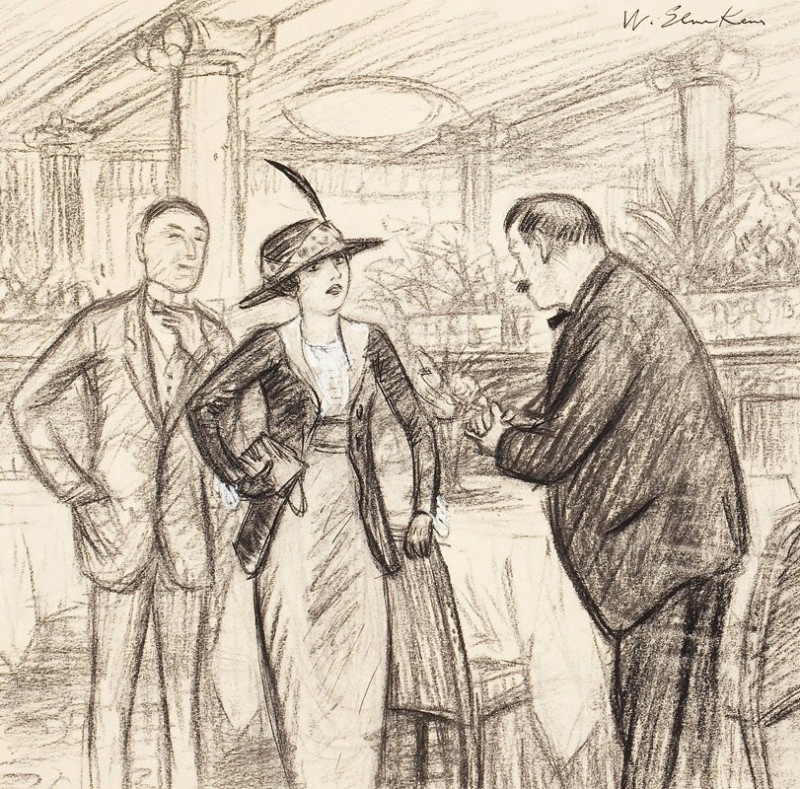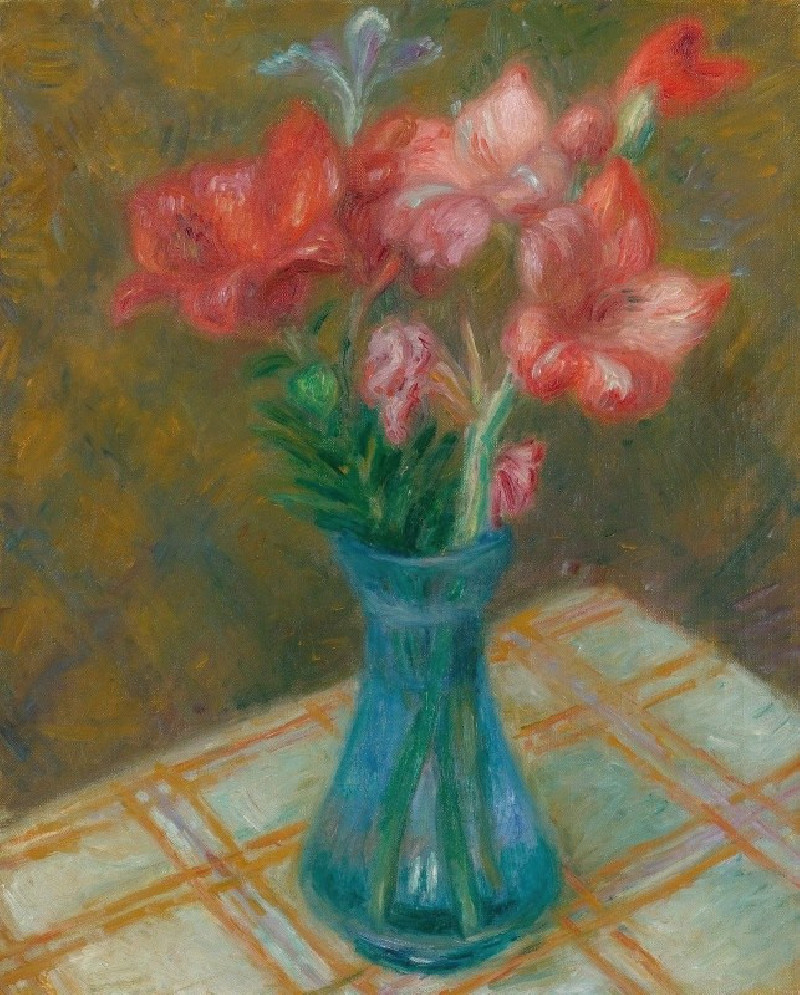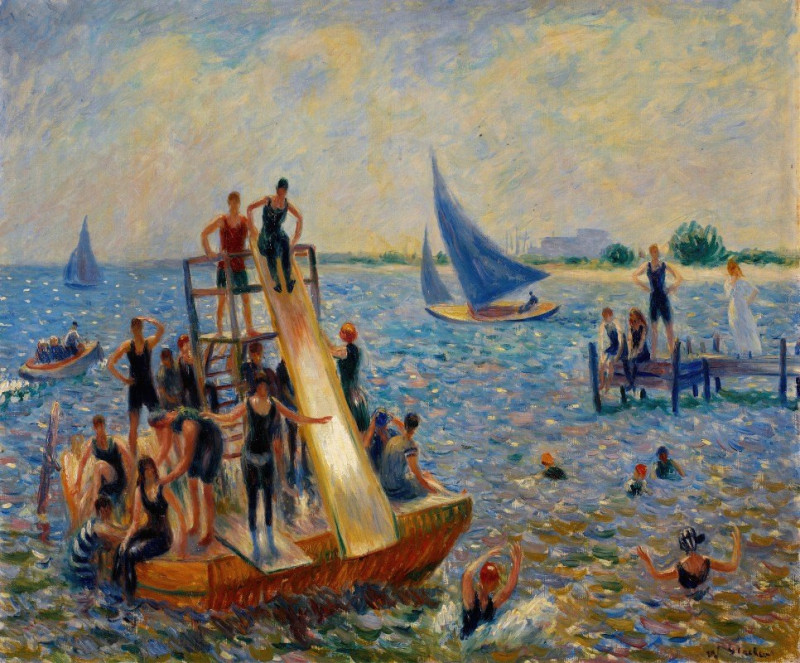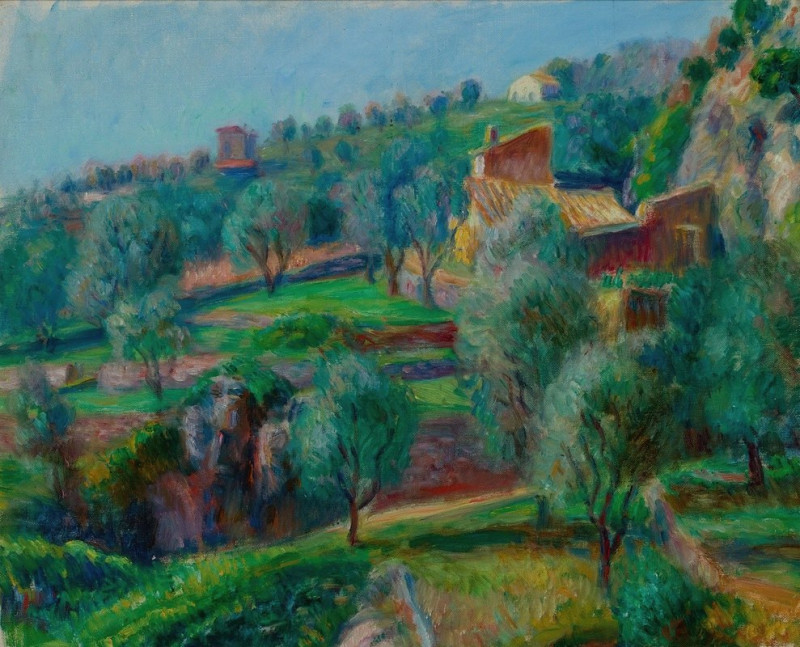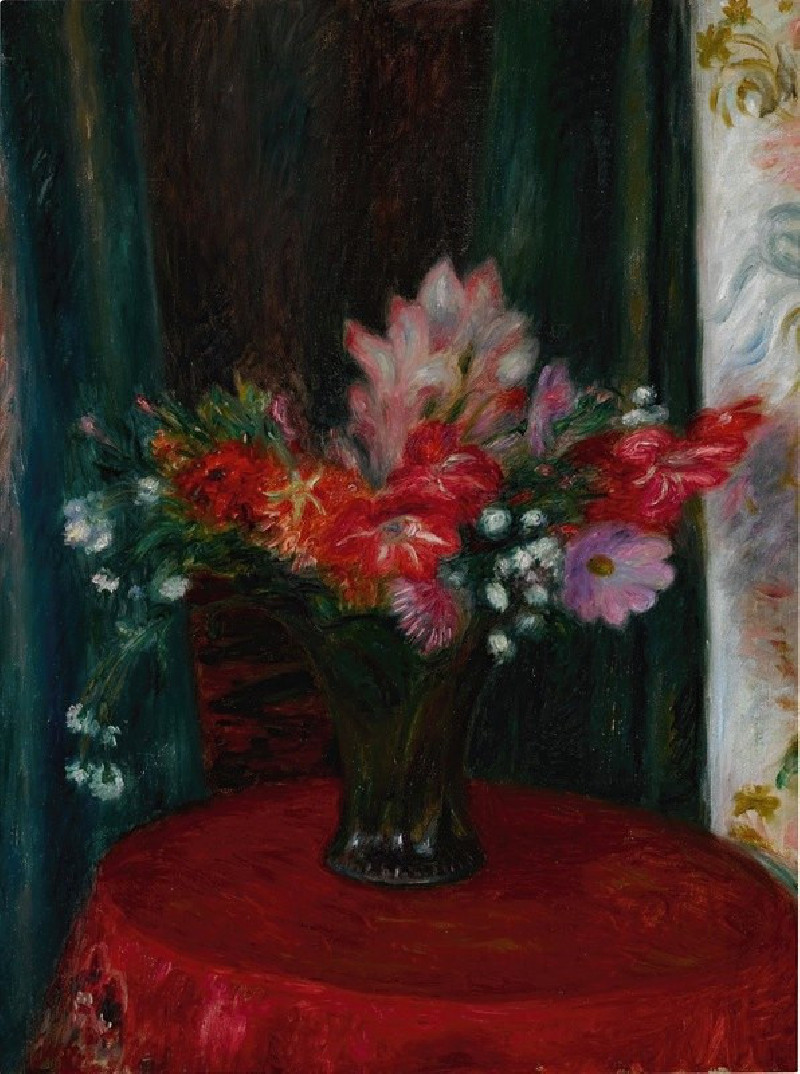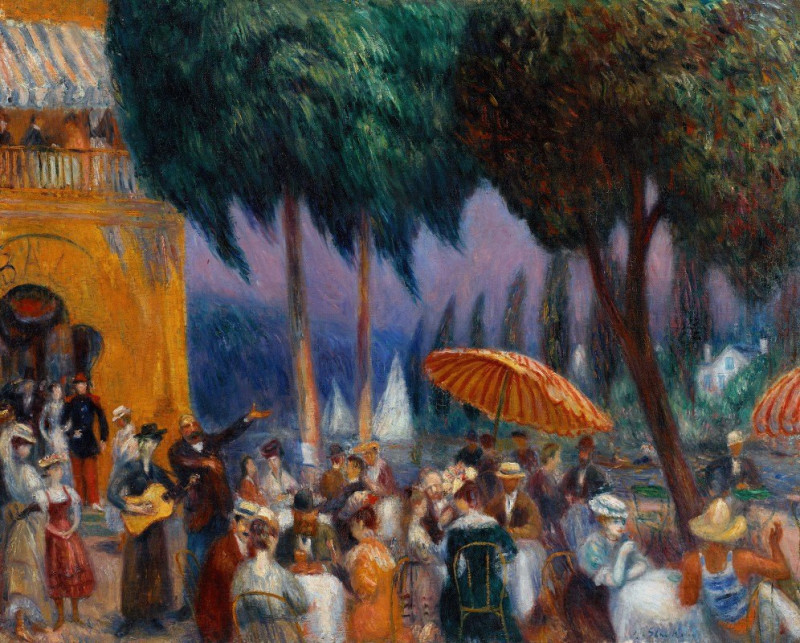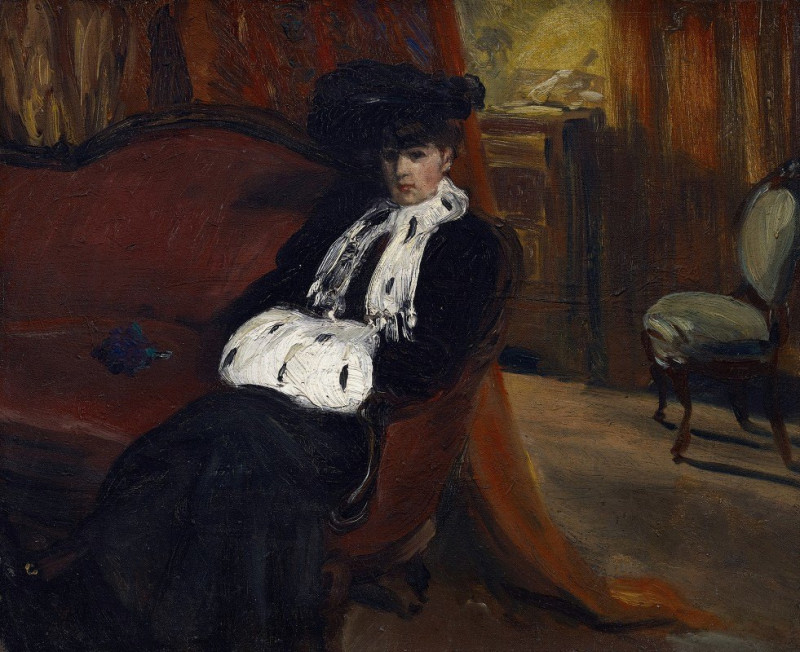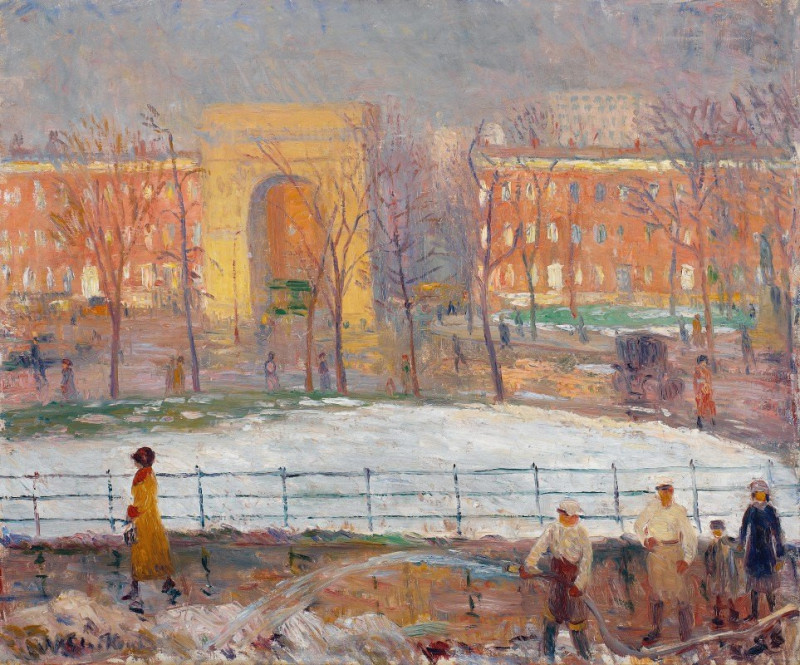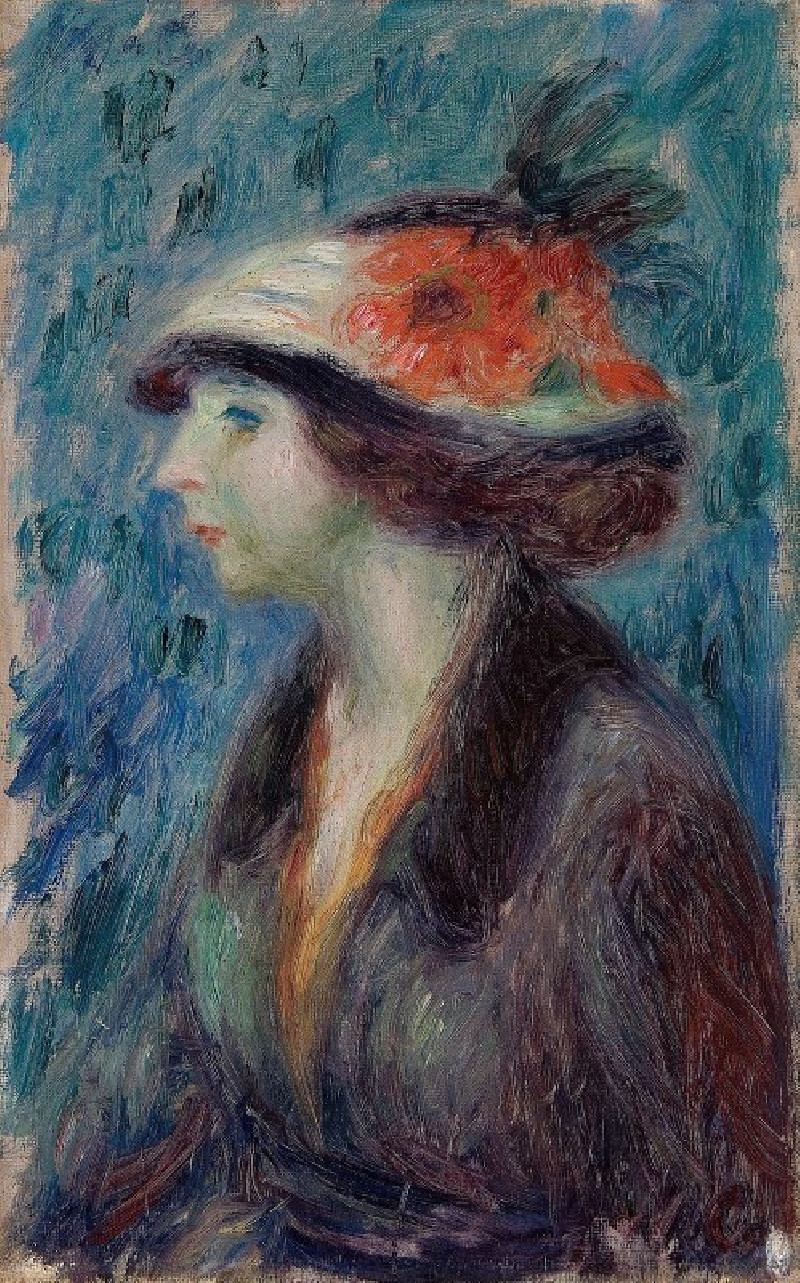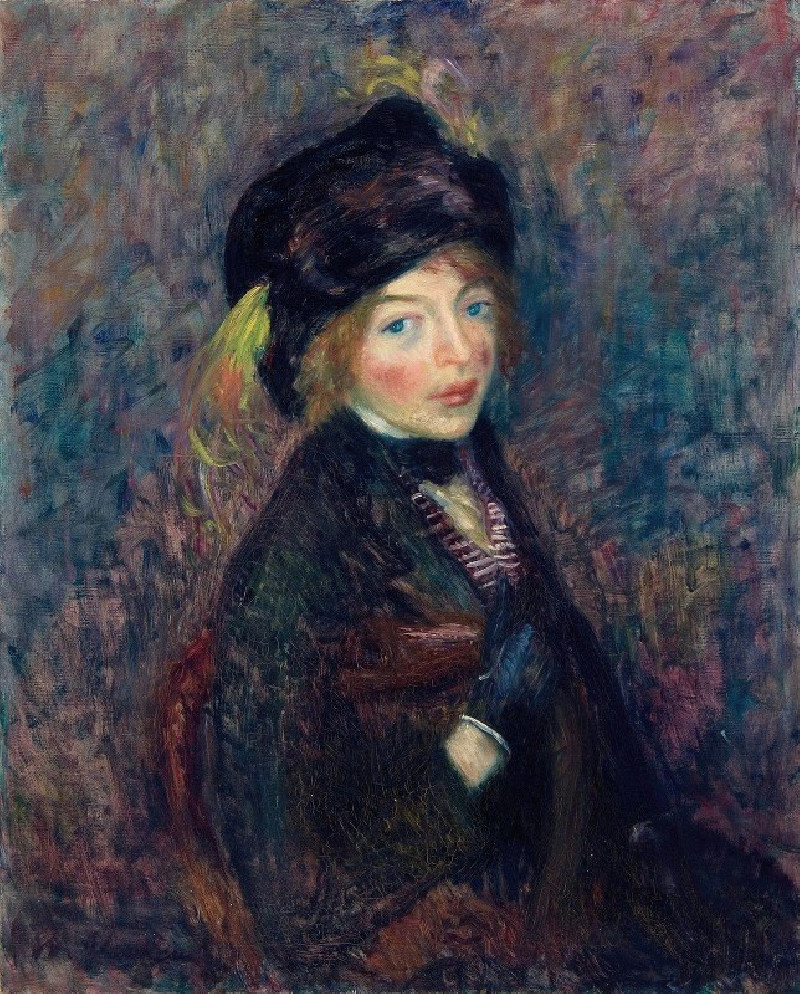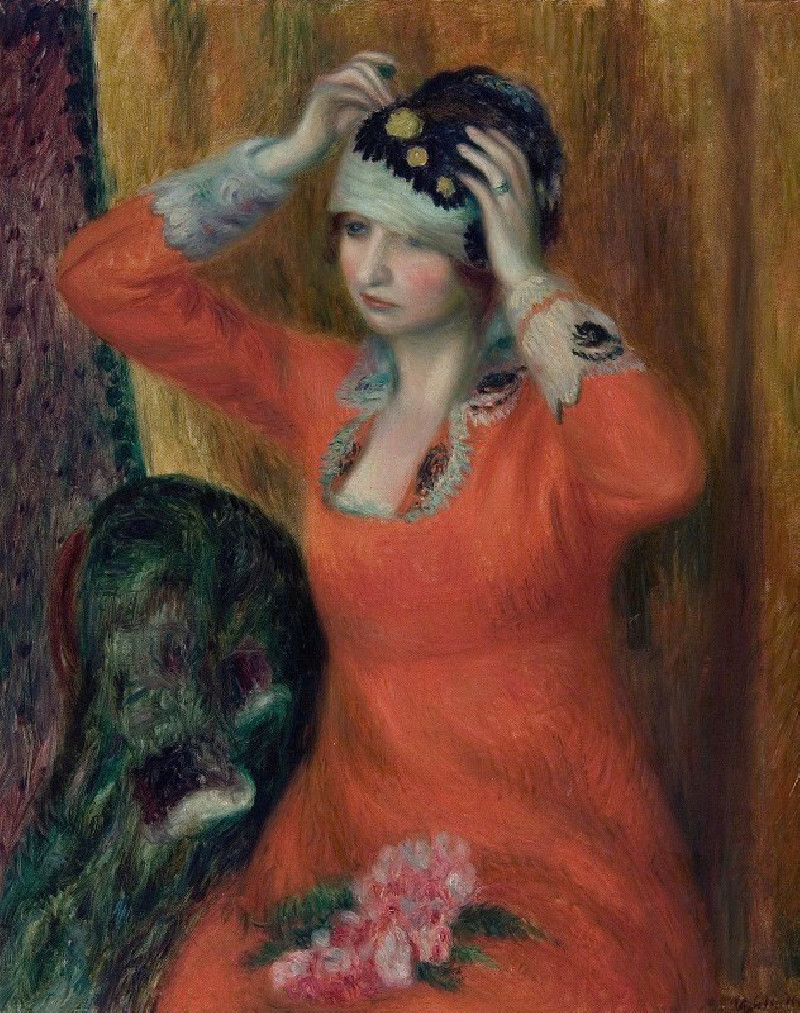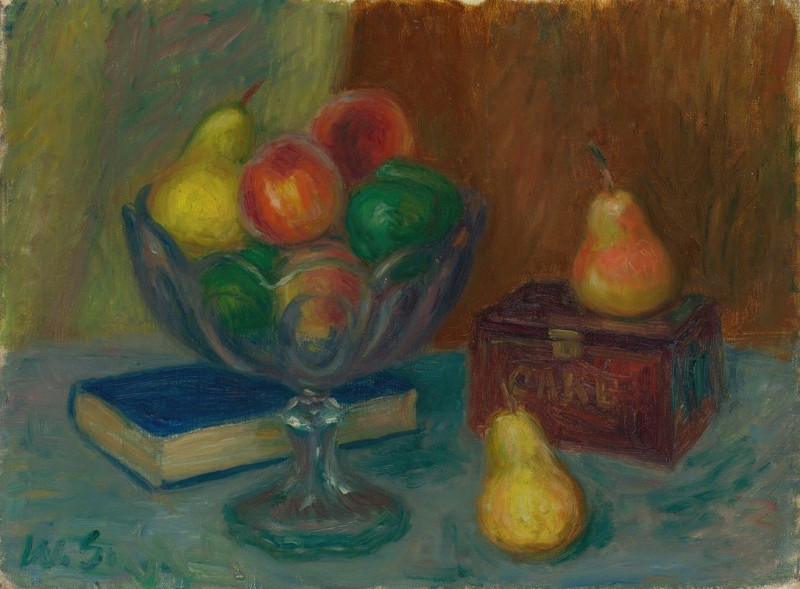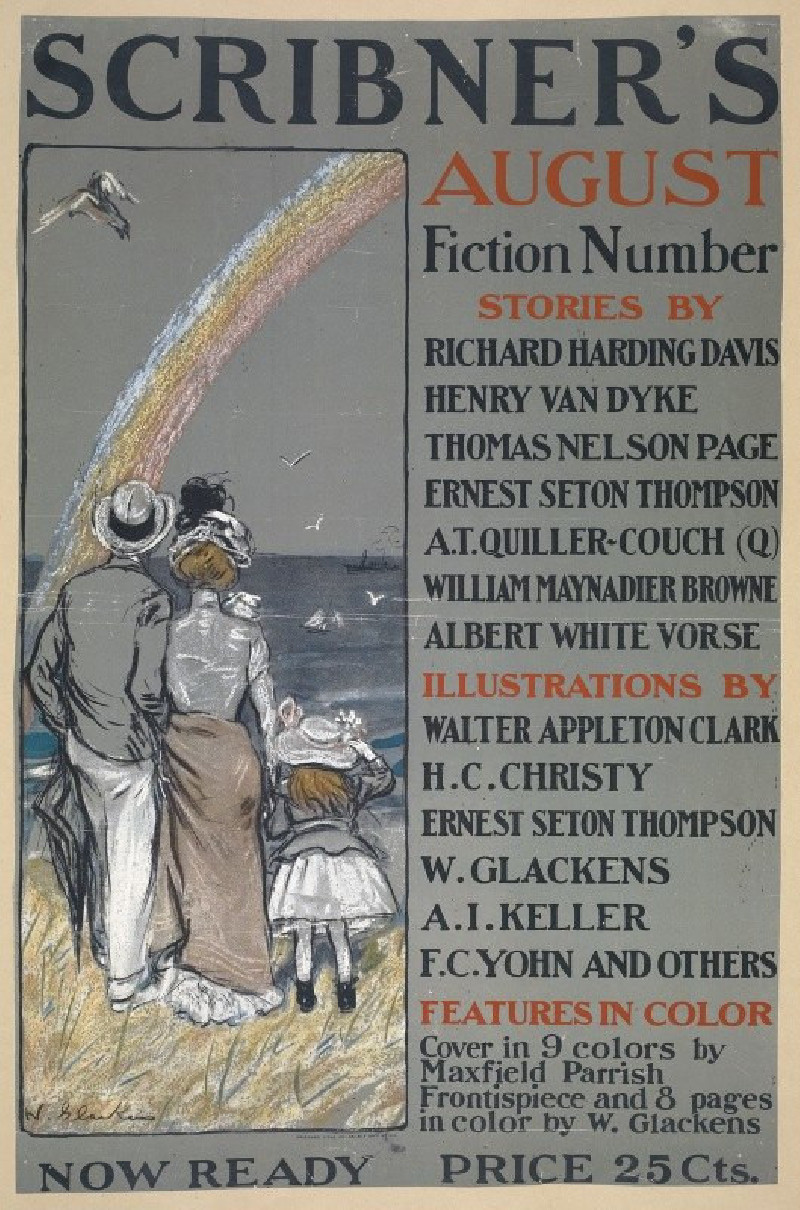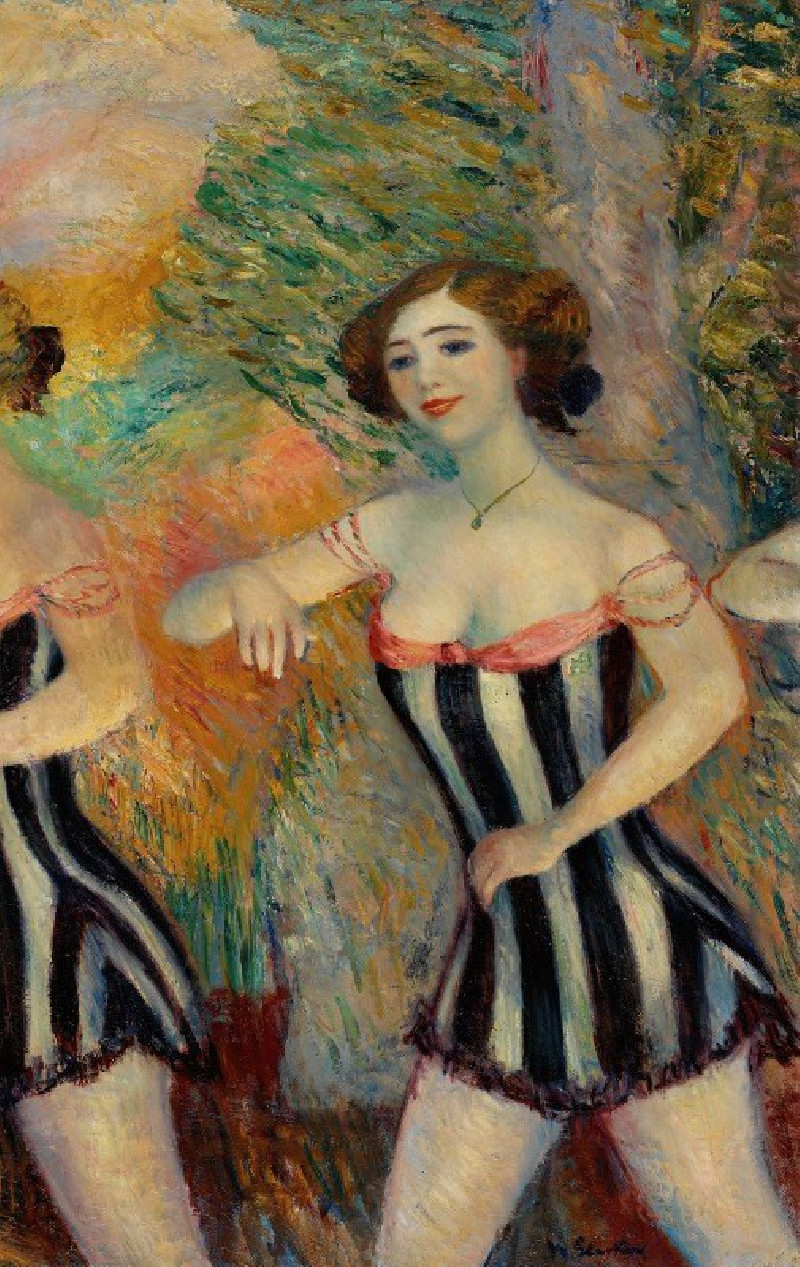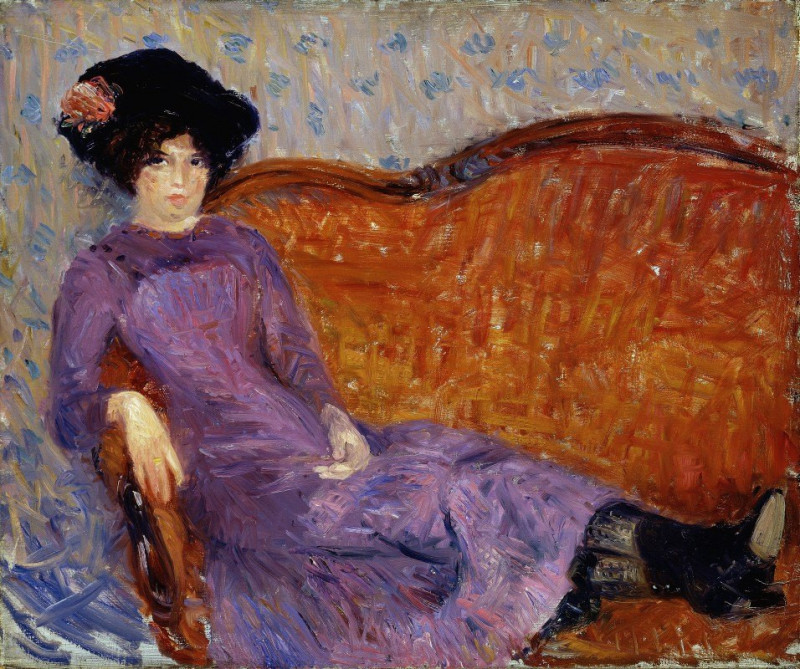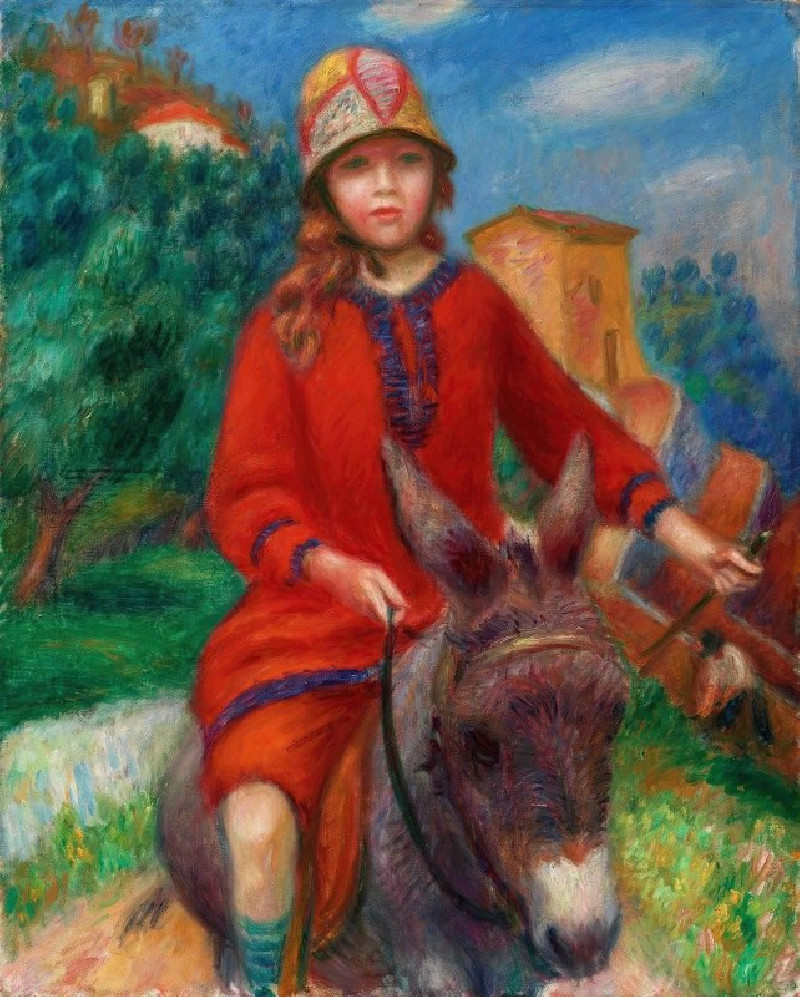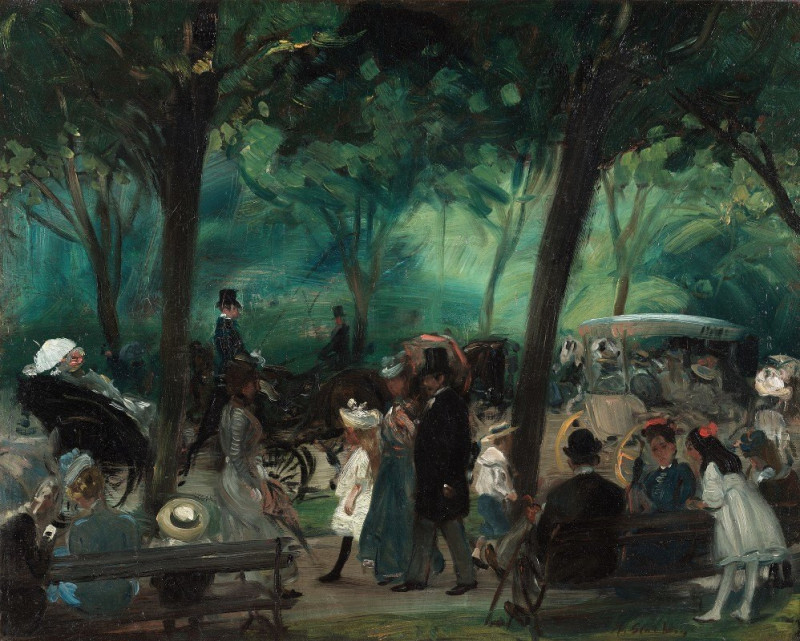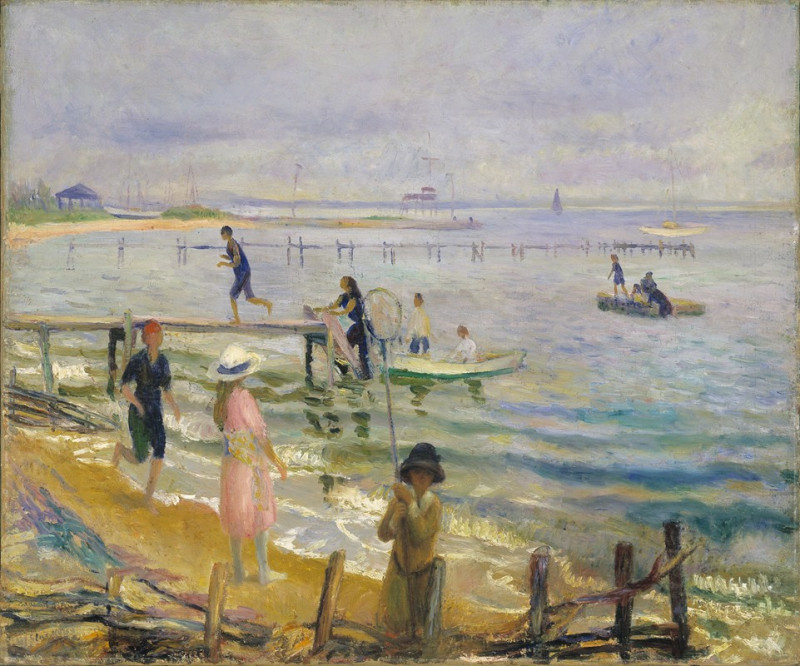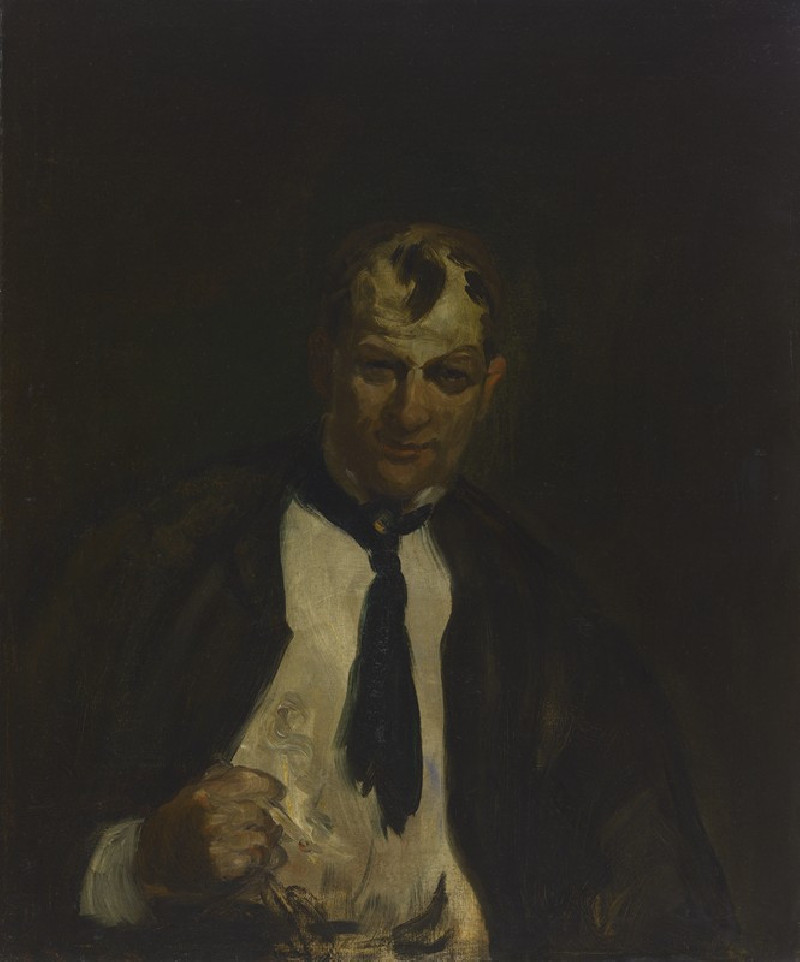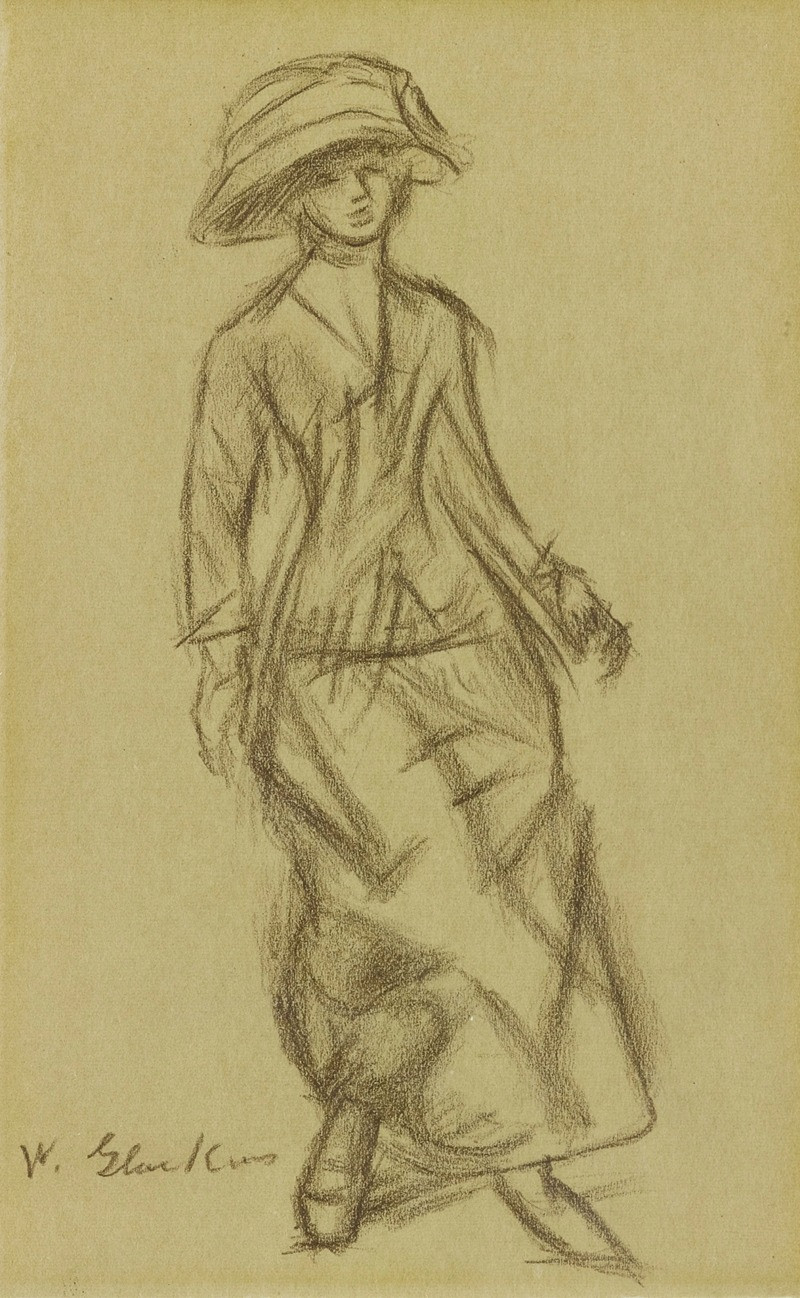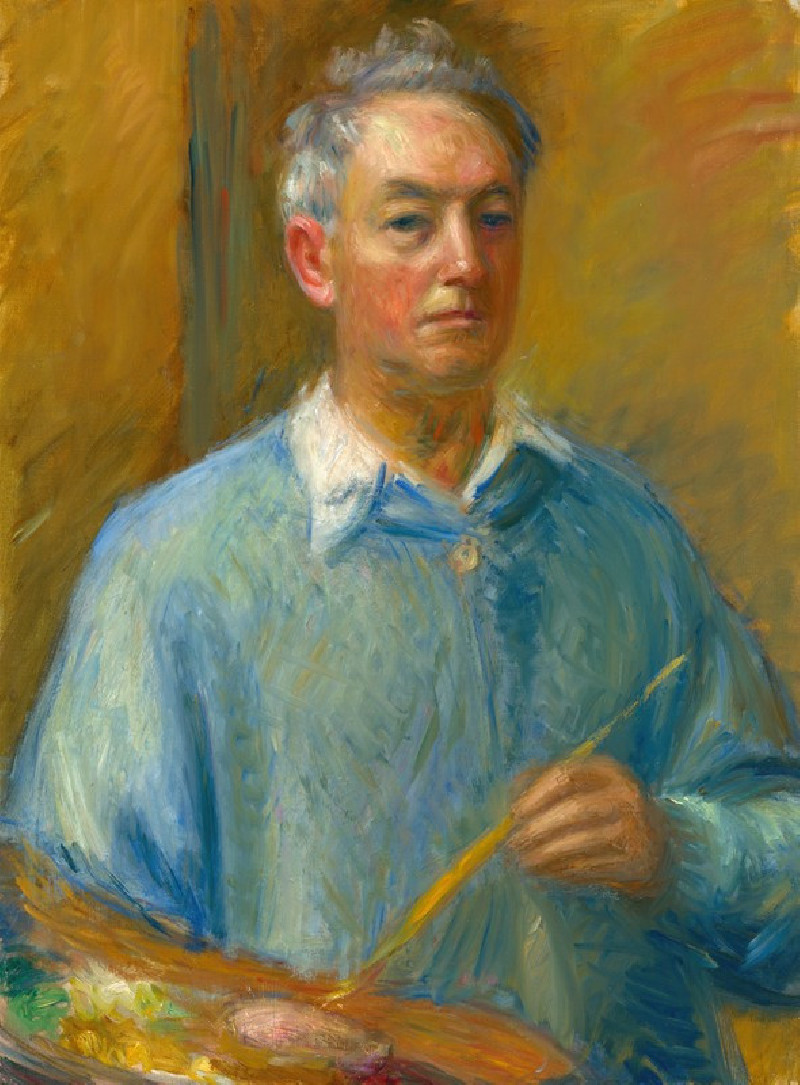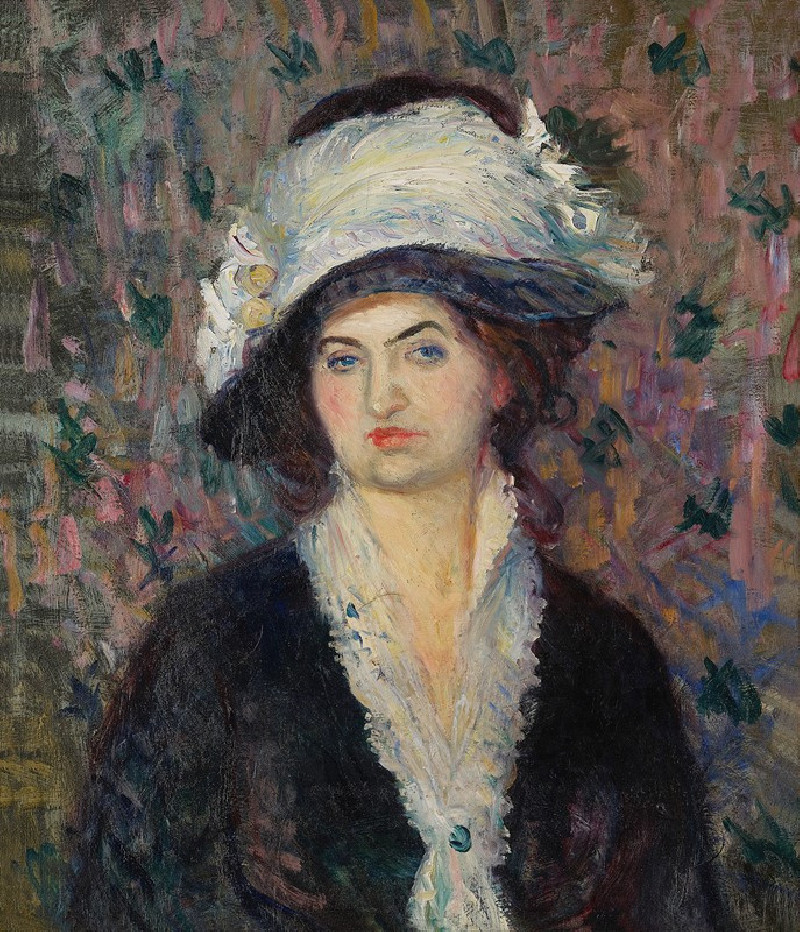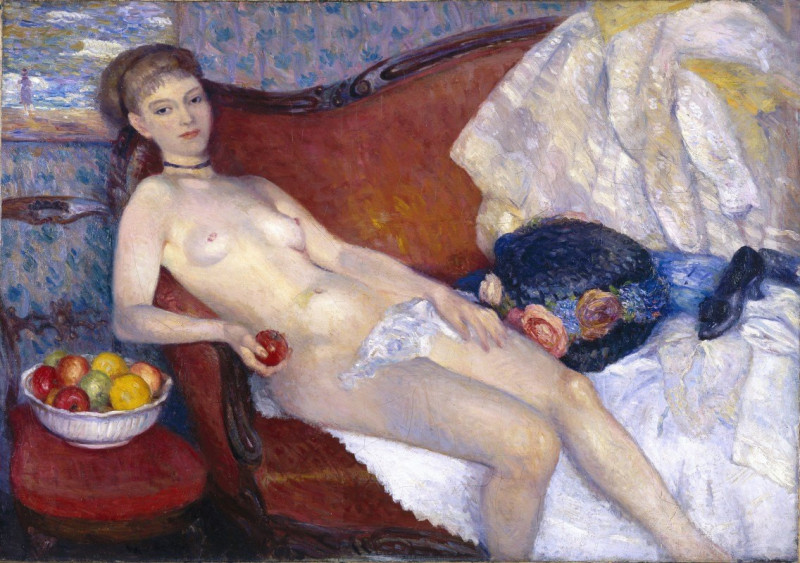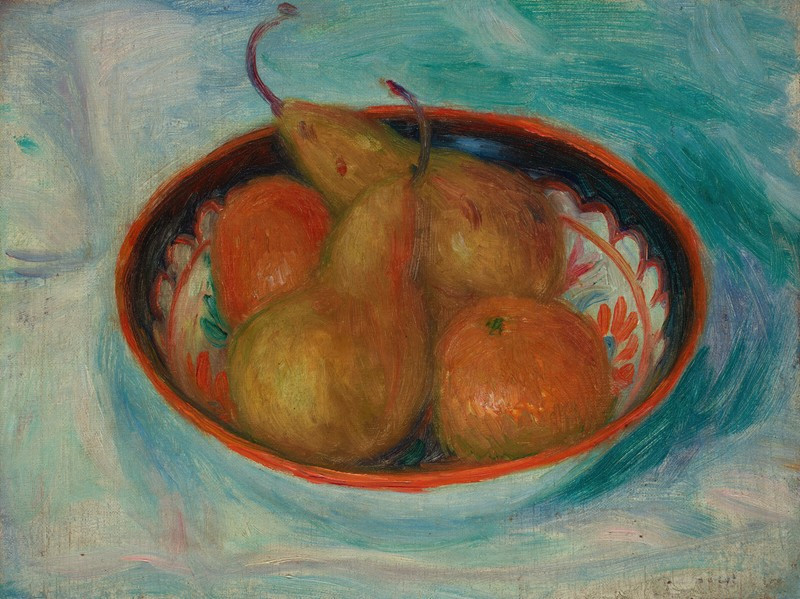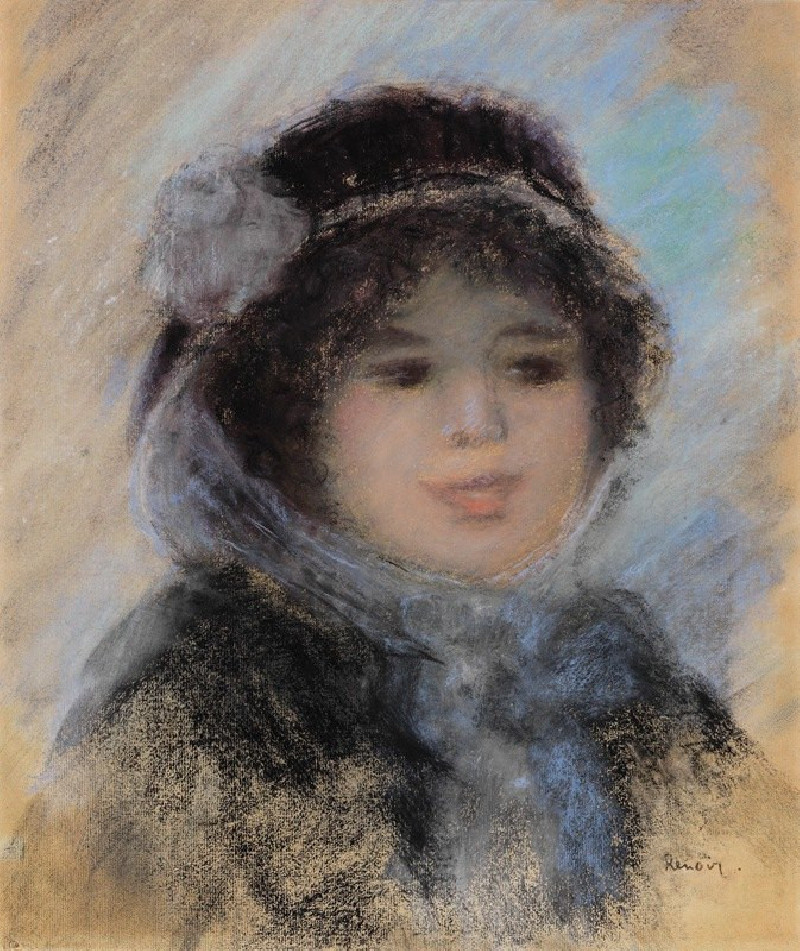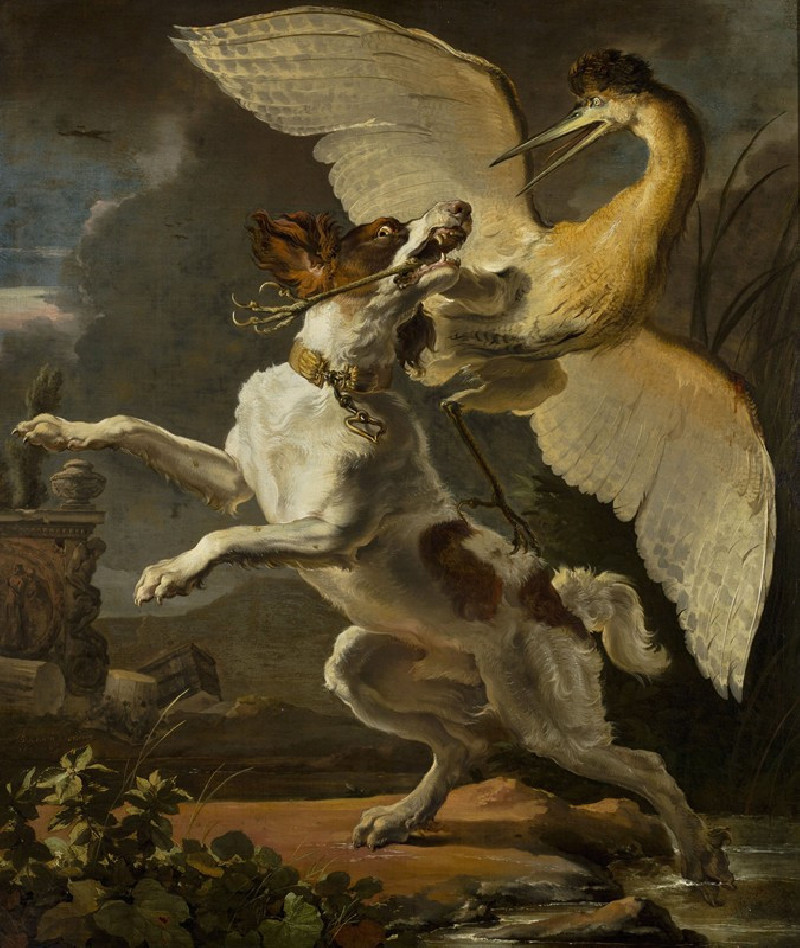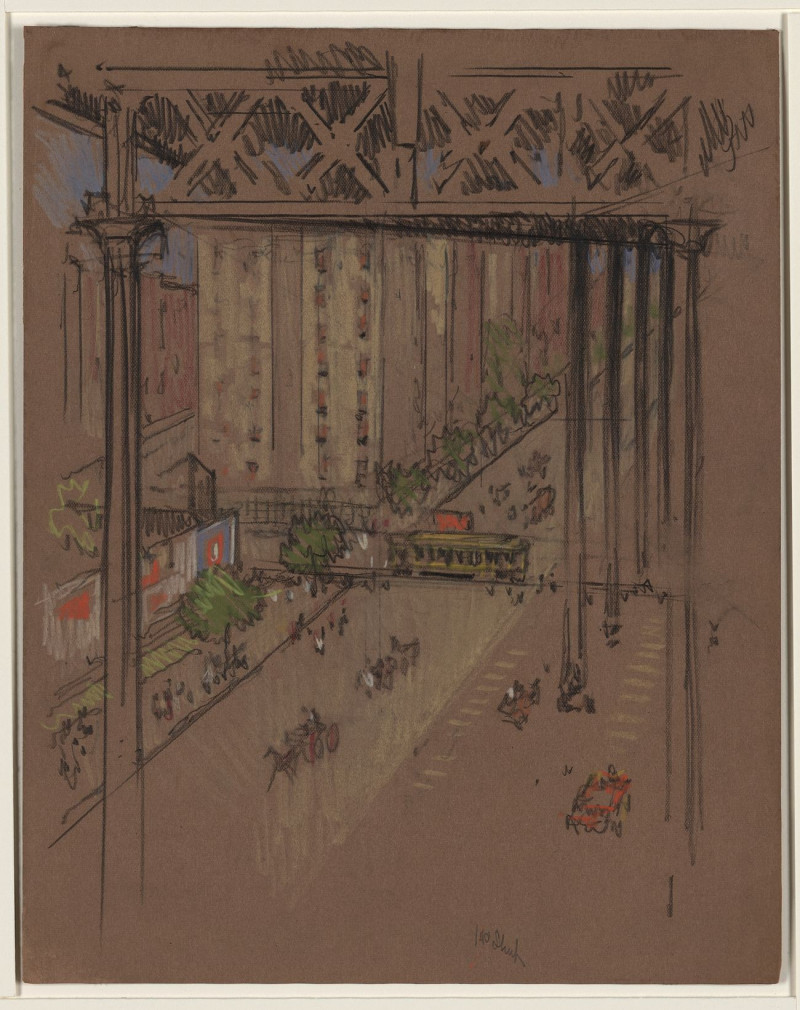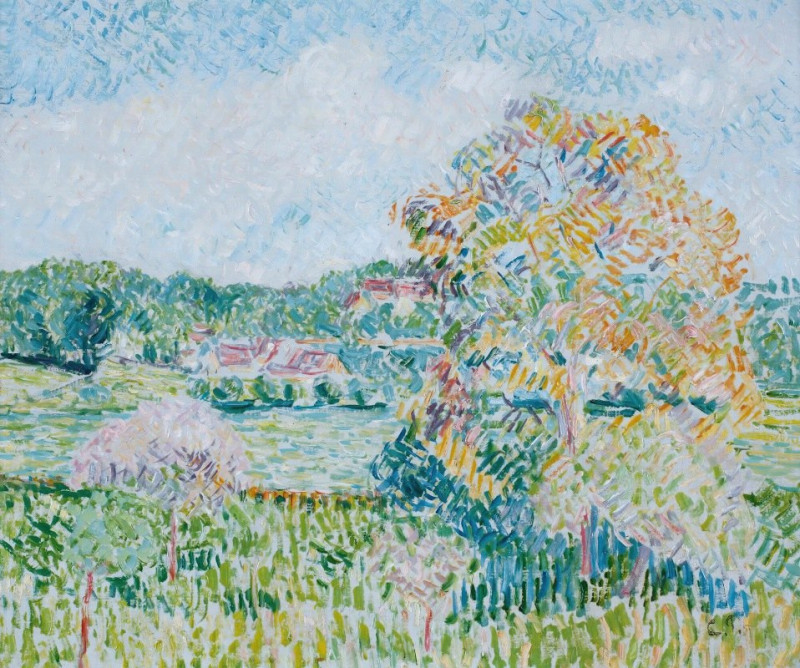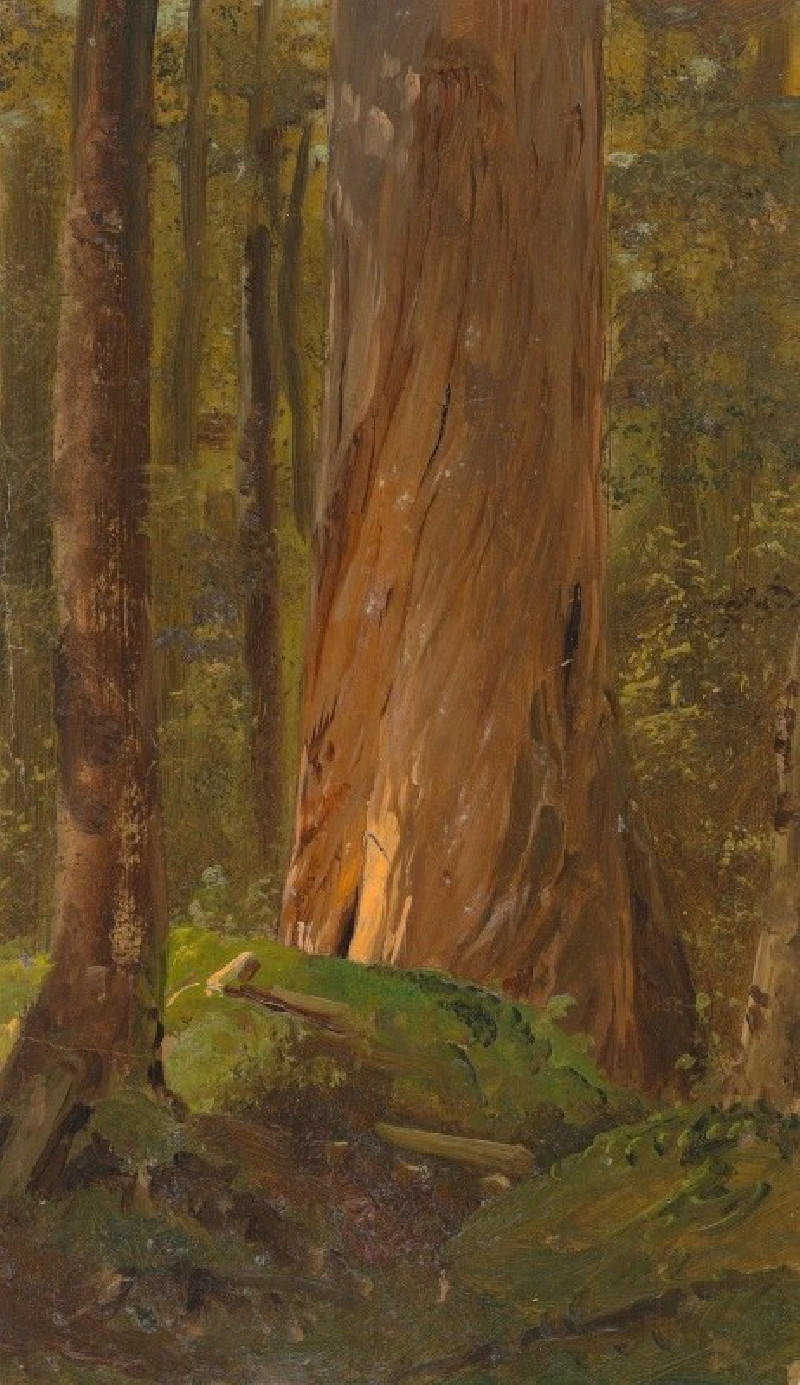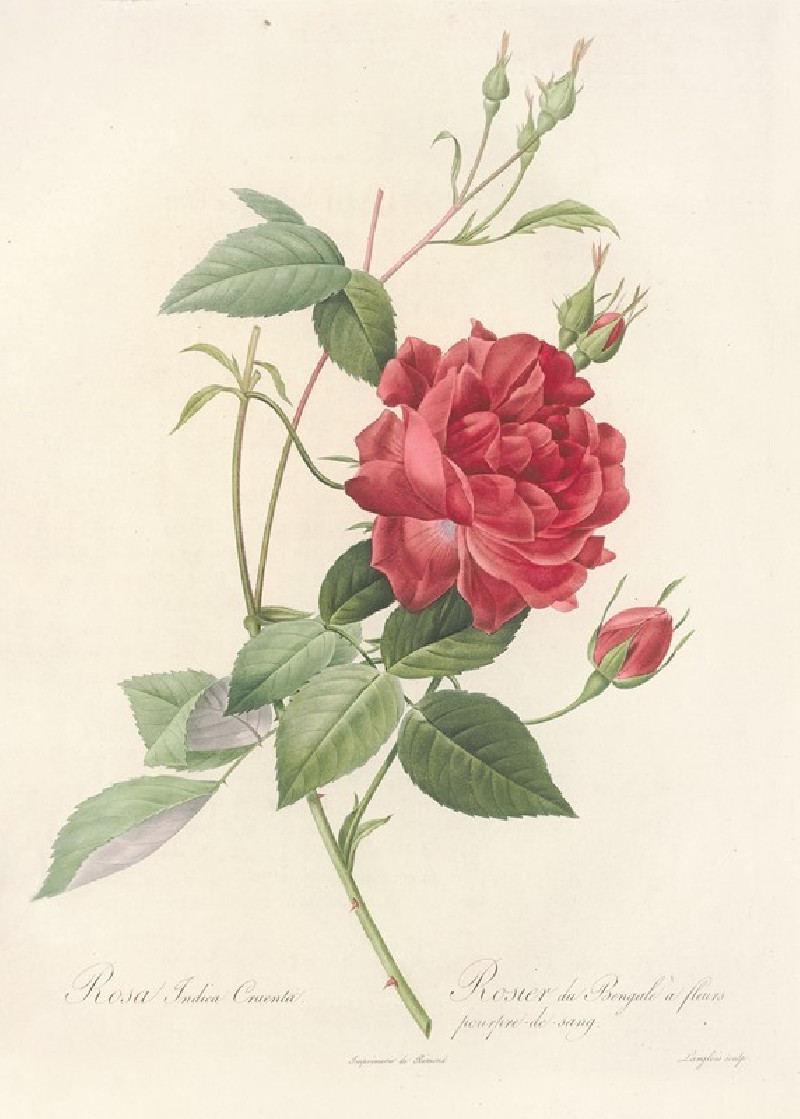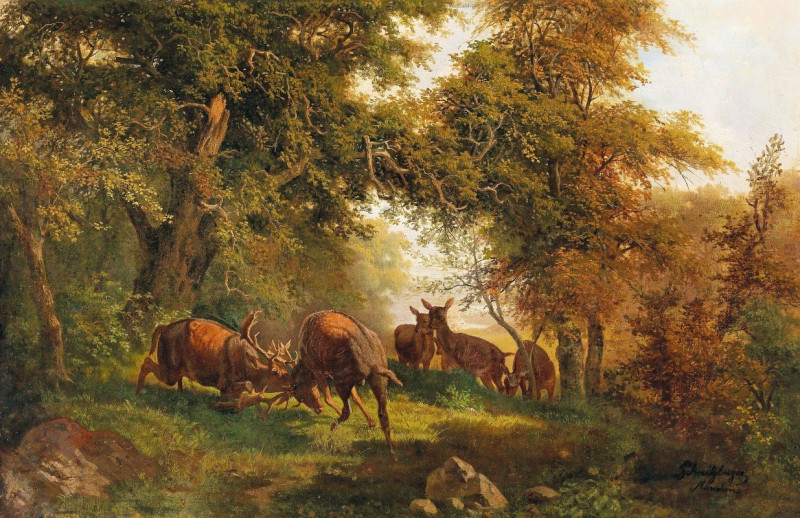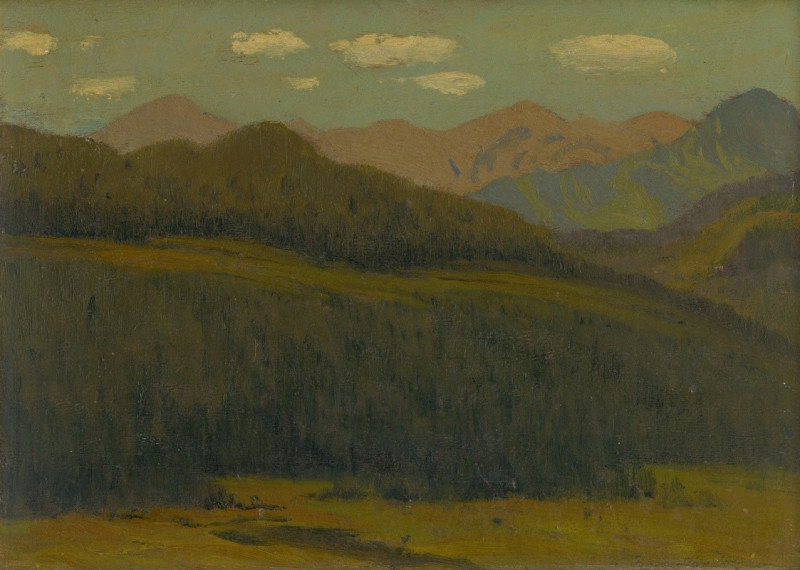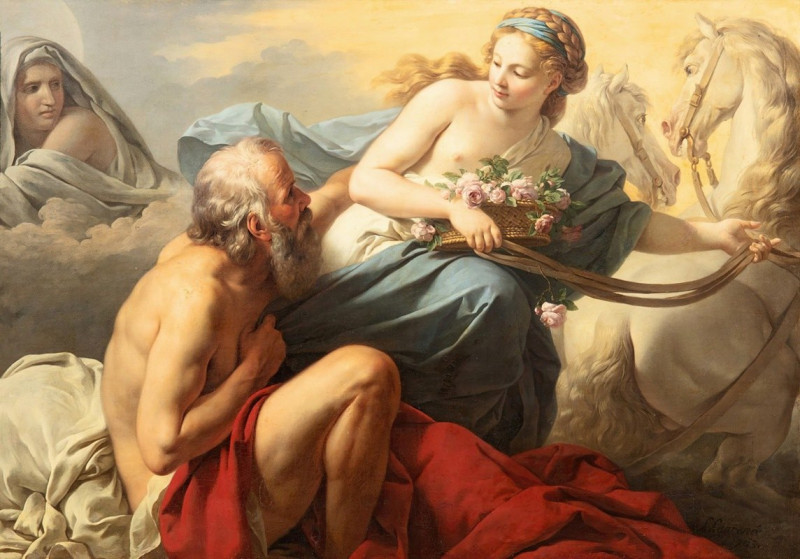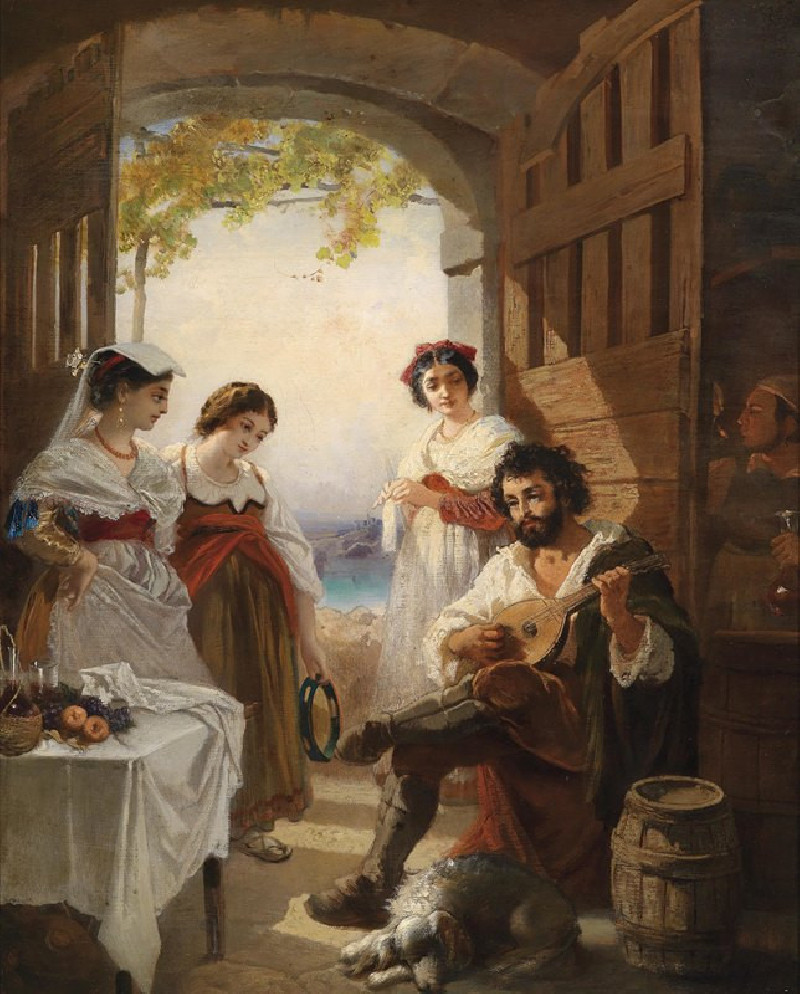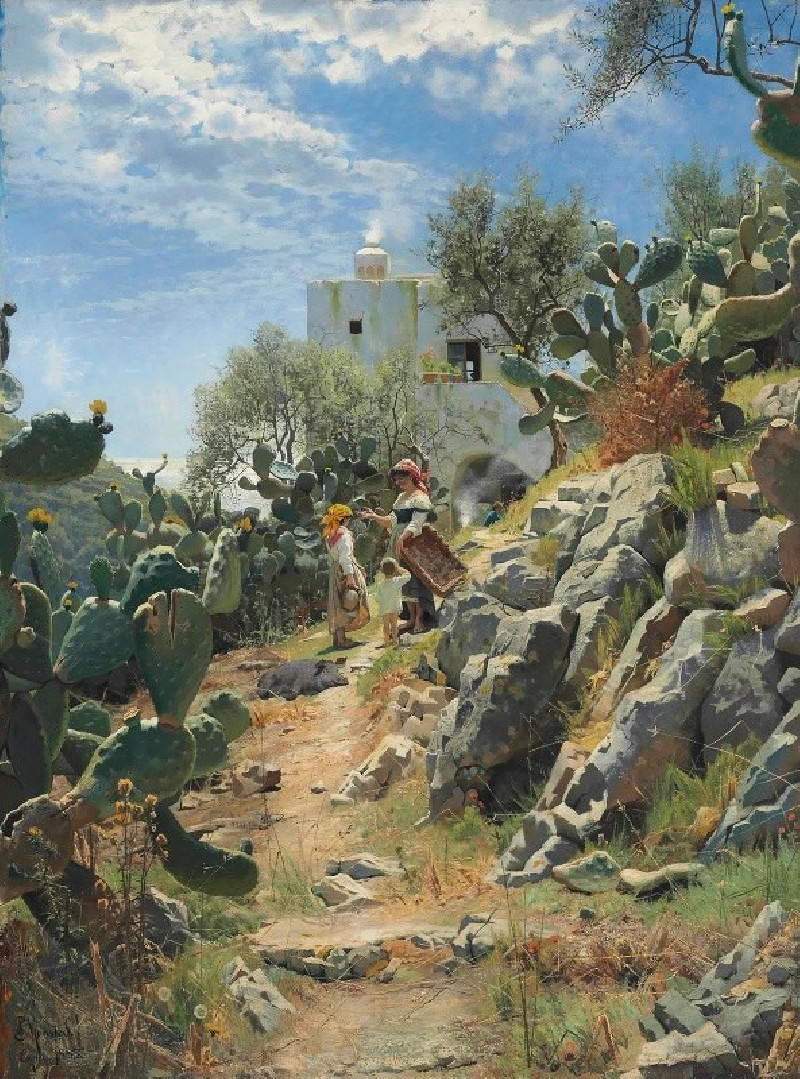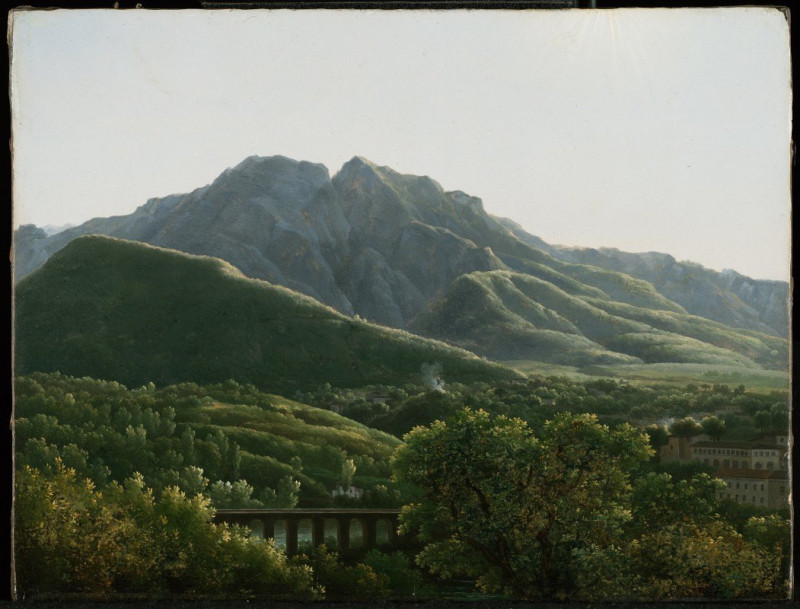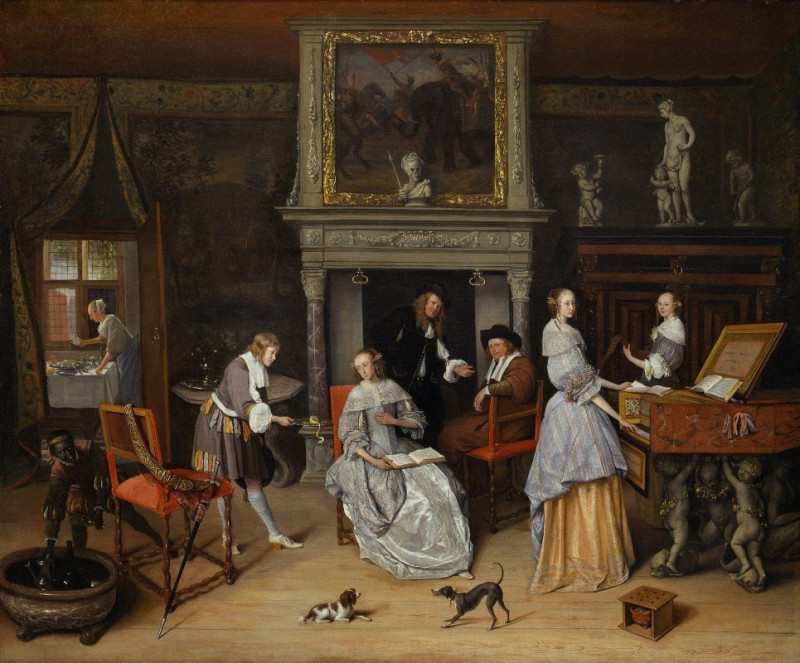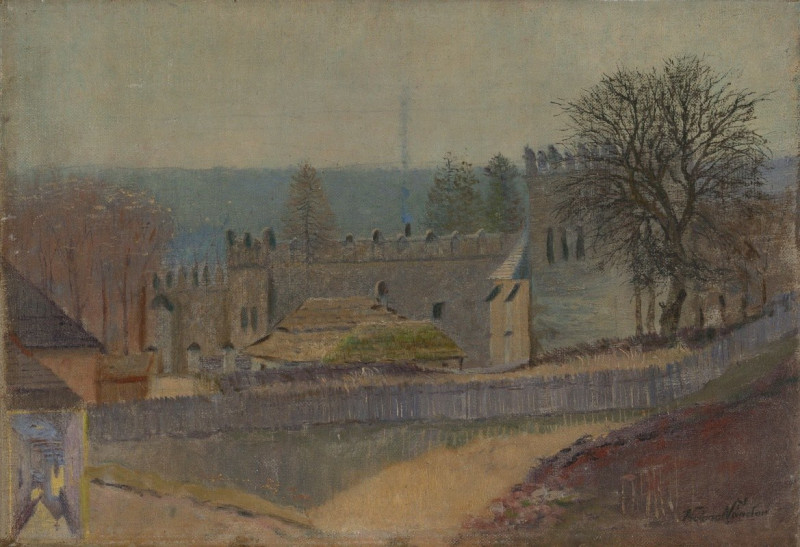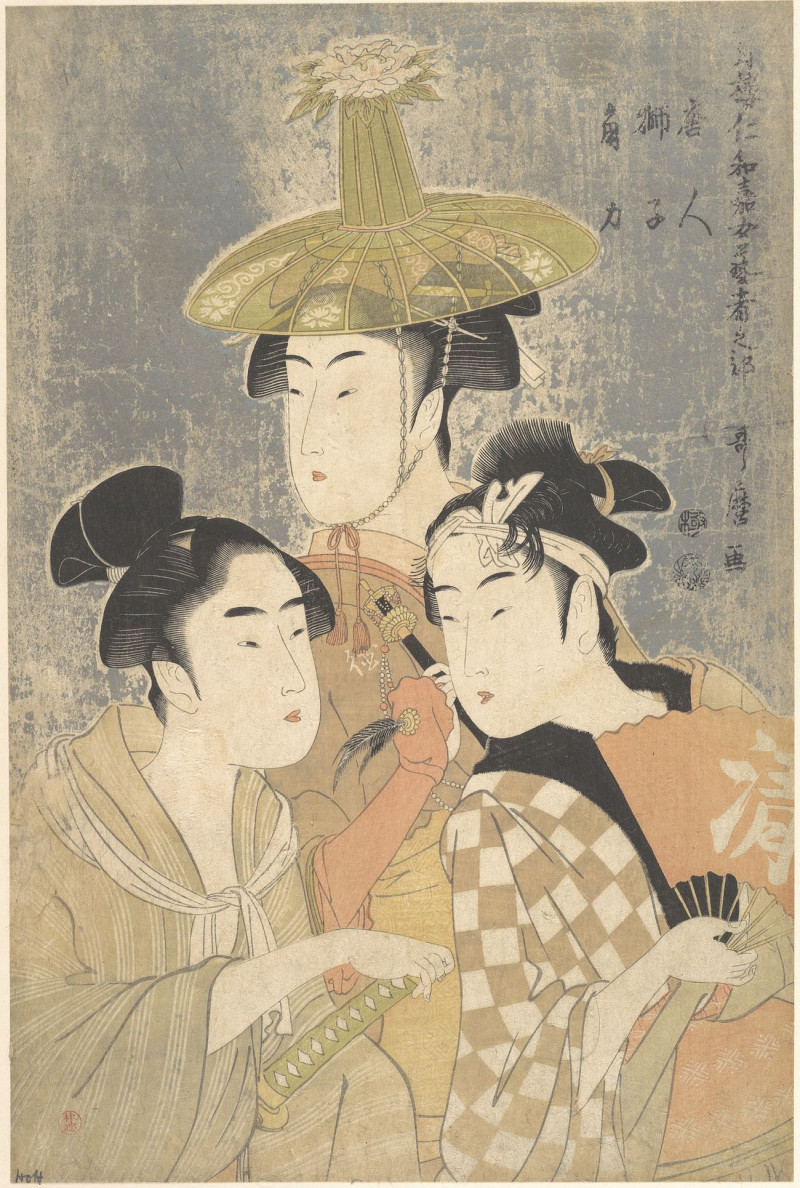Tulips and Peonies in Pitcher (c. 1914–1915)
Technique: Giclée quality print
Recommended by our customers
More about this artwork
"Tulips and Peonies in Pitcher" by William James Glackens, created around 1914-1915, captures the lushness and vibrancy of a floral bouquet with a refreshing spontaneity and sensitivity. In this painting, Glackens employs his characteristic vivid palette and loose brushstrokes to bring to life a scene teeming with color and texture.The composition centers on a robust bouquet of flowers—big, ruffled blooms of pink peonies and rich tulips—that almost overflow from a beautifully depicted blue-and-white pitcher. The flowers are set against a warmly hued background that complements the dynamic reds and delicate pinks of the petals. The leaves and stems, rendered in various shades of green and blue, weave through the arrangement, adding depth and a sense of natural disorder.Glackens' brushwork is free and energetic, suggesting the fleeting beauty of the flowers he depicts. He manages to create a sense of immediacy and intimacy, inviting the viewer to pause and appreciate the simple beauty and transient nature of the bouquet.
Delivery
Returns
19th century middle-class urban lifestyle scenes painted by William James Glackens (1870-1938), American realist and modernist painter. He was the first American artist to gain recognition and success without any formal European training. His art focused on scenes of leisure and entertainment, with incredible attention to color and expressive brushwork.

